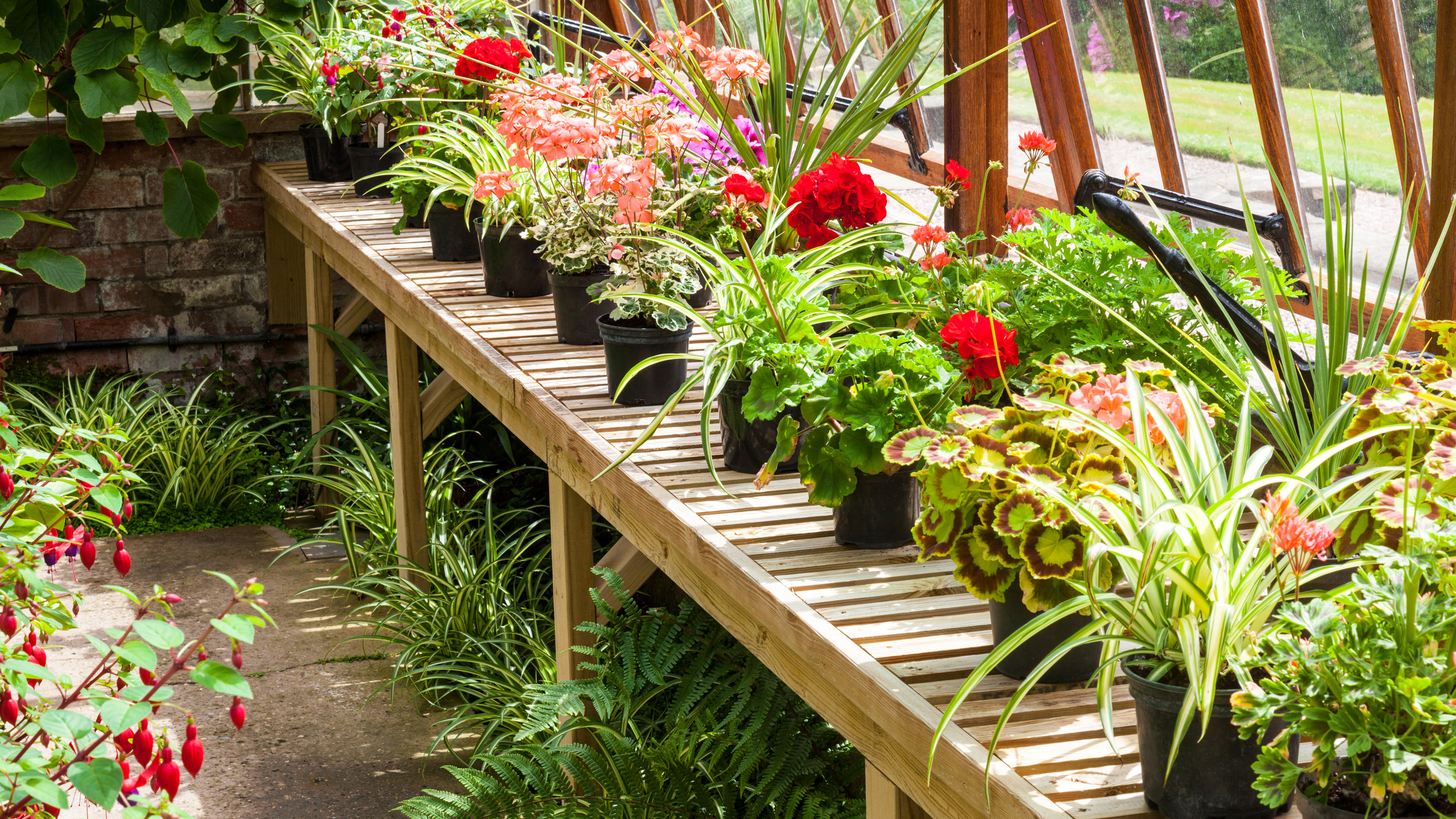David Domoney reveals the one thing you must check before moving a pot plant indoors
Don't forget this crucial checkup on plants you are moving indoors before the first frosts

David Domoney is cautioning gardeners to perform one vital check before you move your plants indoors for the winter. It could be crucial to the health of your plants – both the ones you're moving in, and the ones that already are growing in your conservatory or greenhouse.
As fall temperatures begin to drop, many of our non-hardy garden plants will need to be transferred indoors. Whether it's tender plants that have been growing in your borders, or potted plants from your patio, many will be susceptible even to the light first frosts.
So, moving your plants indoors is one of the most important October gardening jobs. But, as David explains in his blog, if you don't check your plants for pests, you could be bringing in plants that are infected.

David Domoney urges gardeners bringing in plants from the outside to 'check the soil in the pot to make sure it doesn’t have pests like vine weevil, because many pot grown plants can be affected.' Even the best indoor plants may be decimated by these pests, so you really don't want to introduce them.
What to do if the plants you want to keep are infected? David writes that 'if you find the distinctive creamy white larvae, bag up and dispose of all the infected soil and thoroughly wash all remaining soil from the roots before potting into fresh soil and pot.'
Fortunately, you don't have to discard affected plants. You may wish to keep them at a distance from your existing indoor plants just to be safe.

Moreover, the work of checking your plants for pests doesn't end there. Throughout the winter months, you will need to 'check plants for pests regularly whilst they’re indoors under cover and treat accordingly. Most pests tend to congregate on the underside of leaves.'
To prevent pests and diseases from thriving in your plants, 'try to keep the temperature at a regular level and avoid placing plants in draughts and bright light.' Avoid overwatering, especially during the winter months, and never keep plants that are being overwintered next to radiators.
If you follow David's simple tip, you will be able to enjoy your overwintered plants again next spring as part of your container gardening ideas, with no damage to your existing indoor plants.
Anna writes about interior design and gardening. Her work has appeared in Homes & Gardens, Livingetc, and many other publications. She is an experienced outdoor and indoor gardener and has a passion for growing roses and Japanese maples in her outside space.
